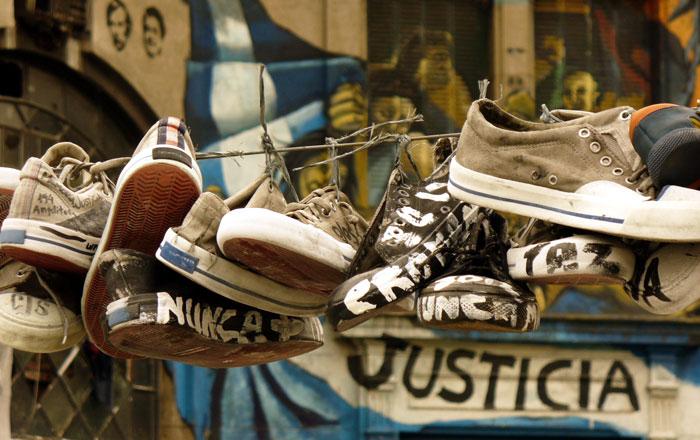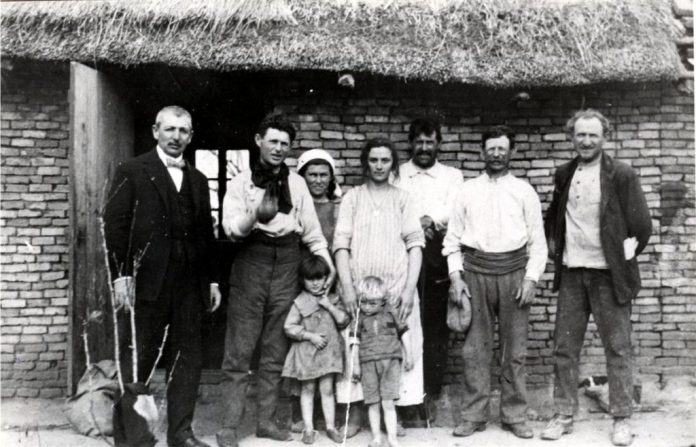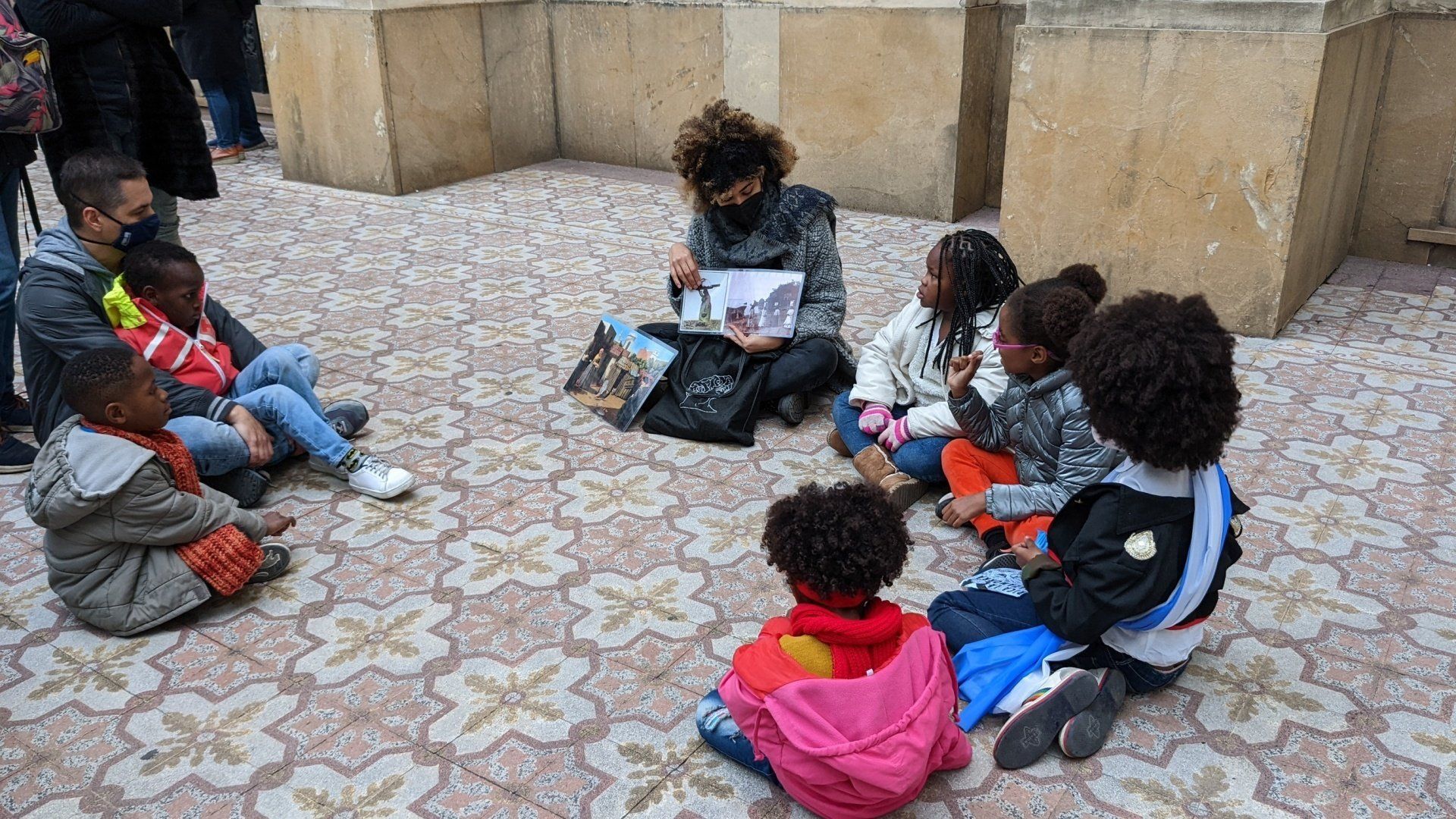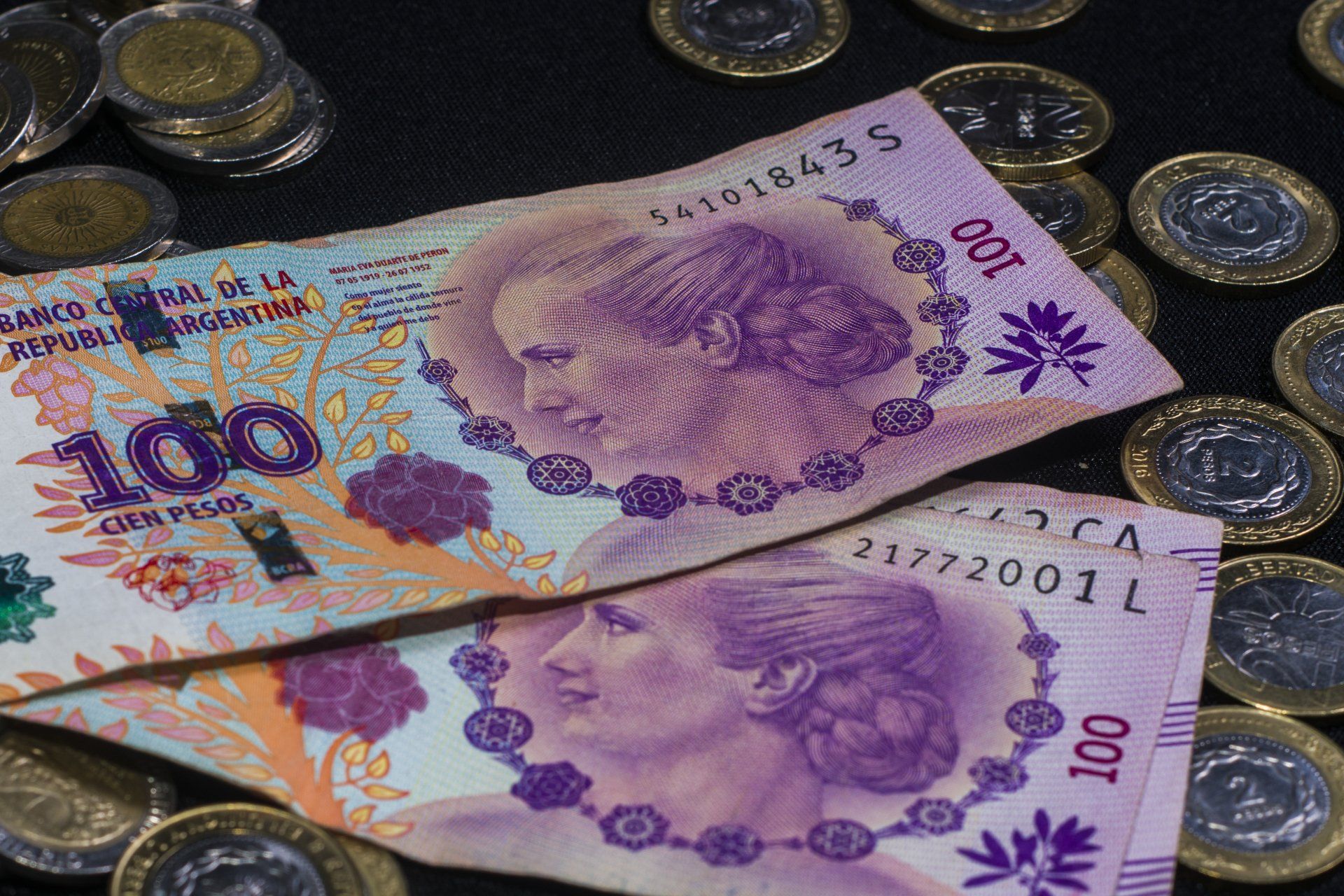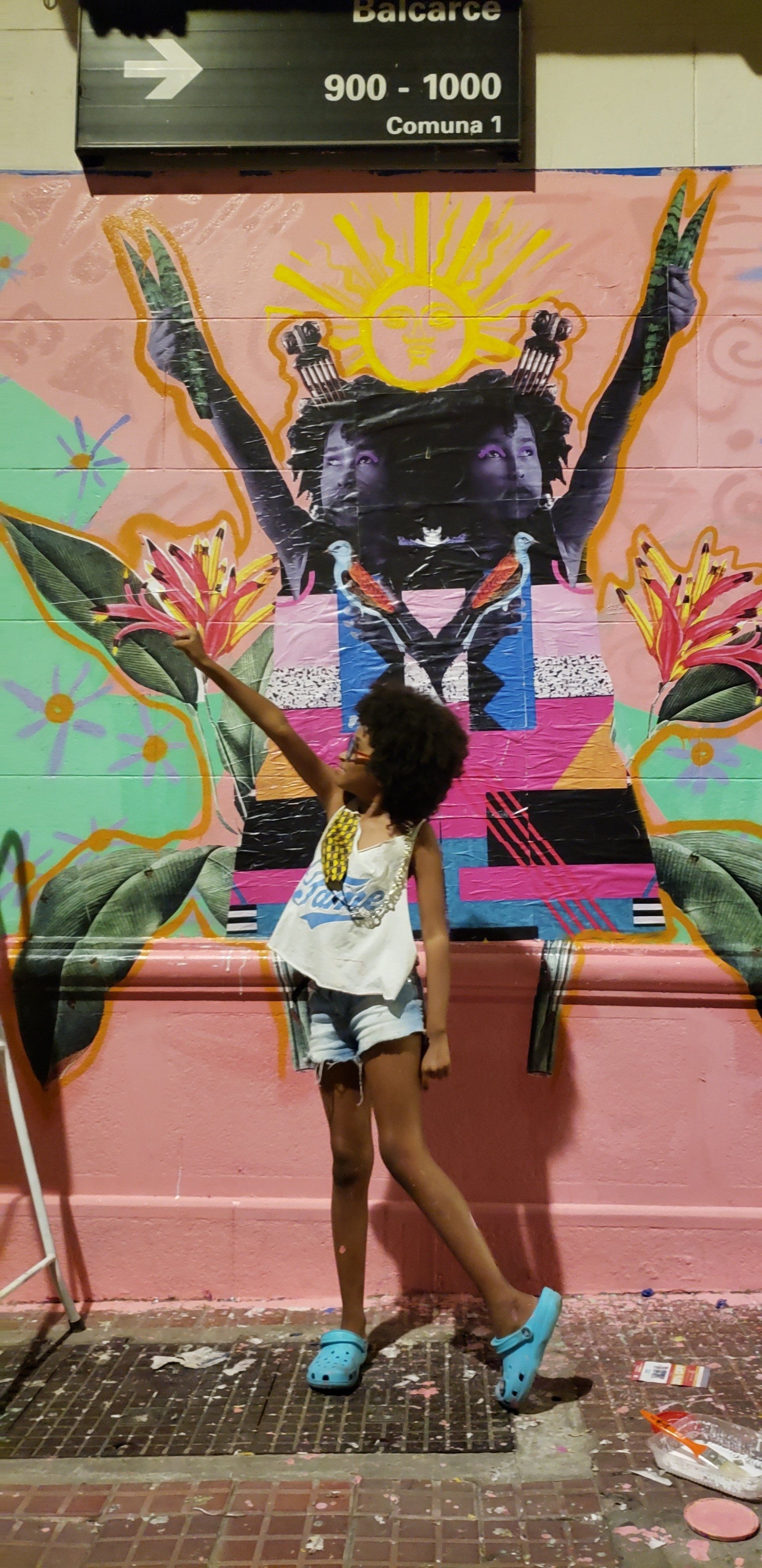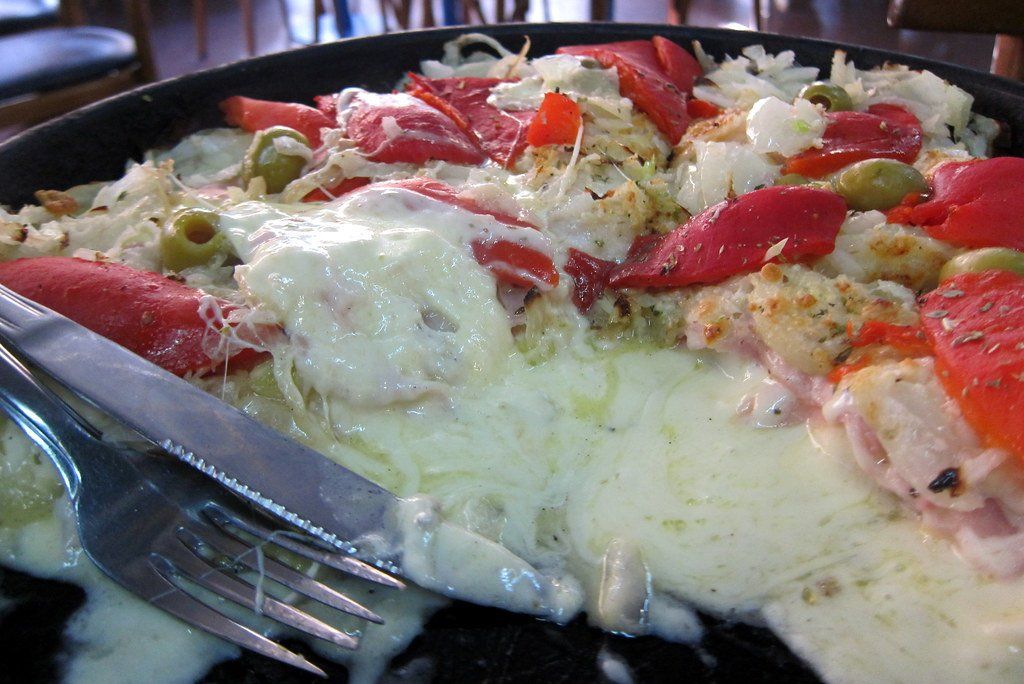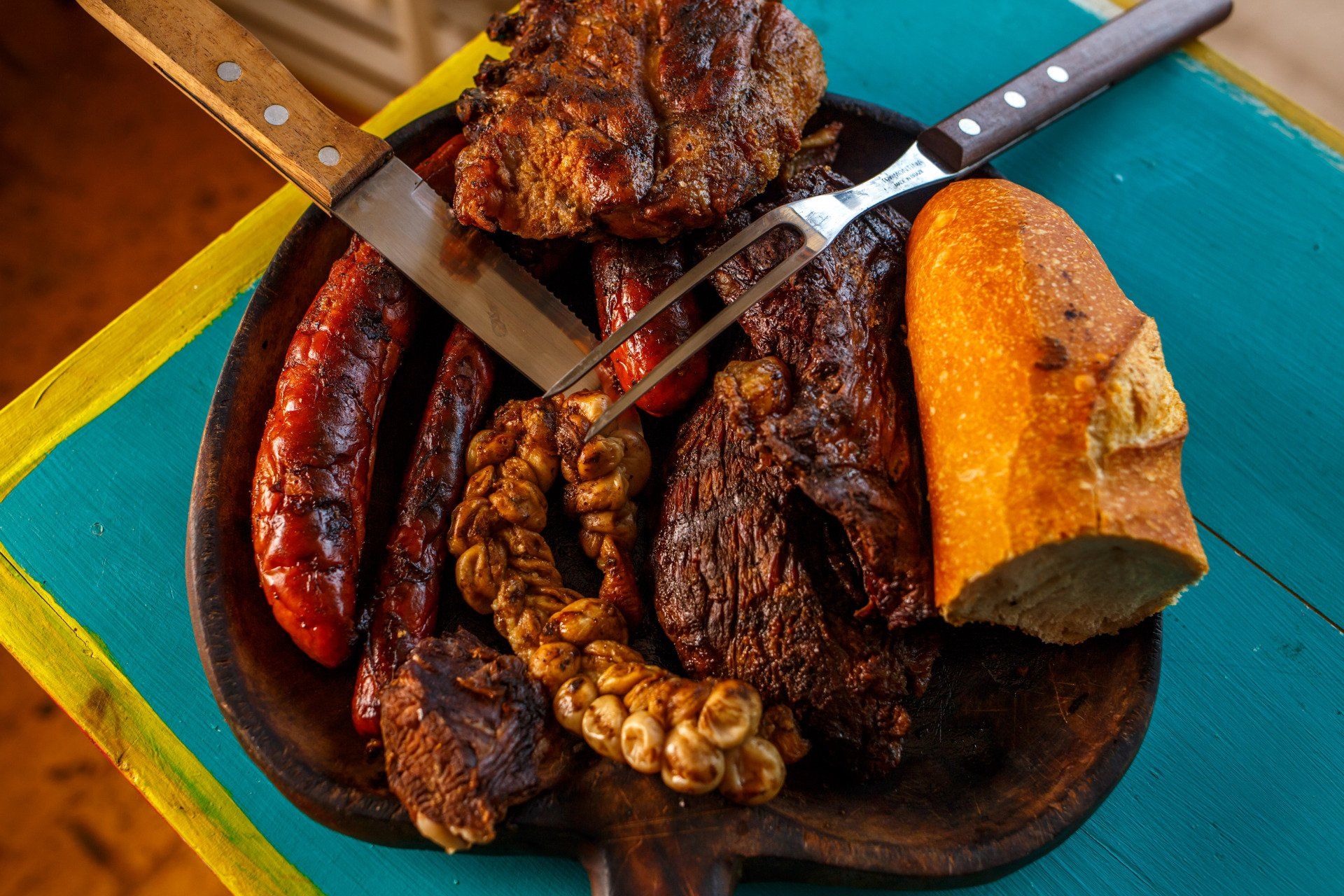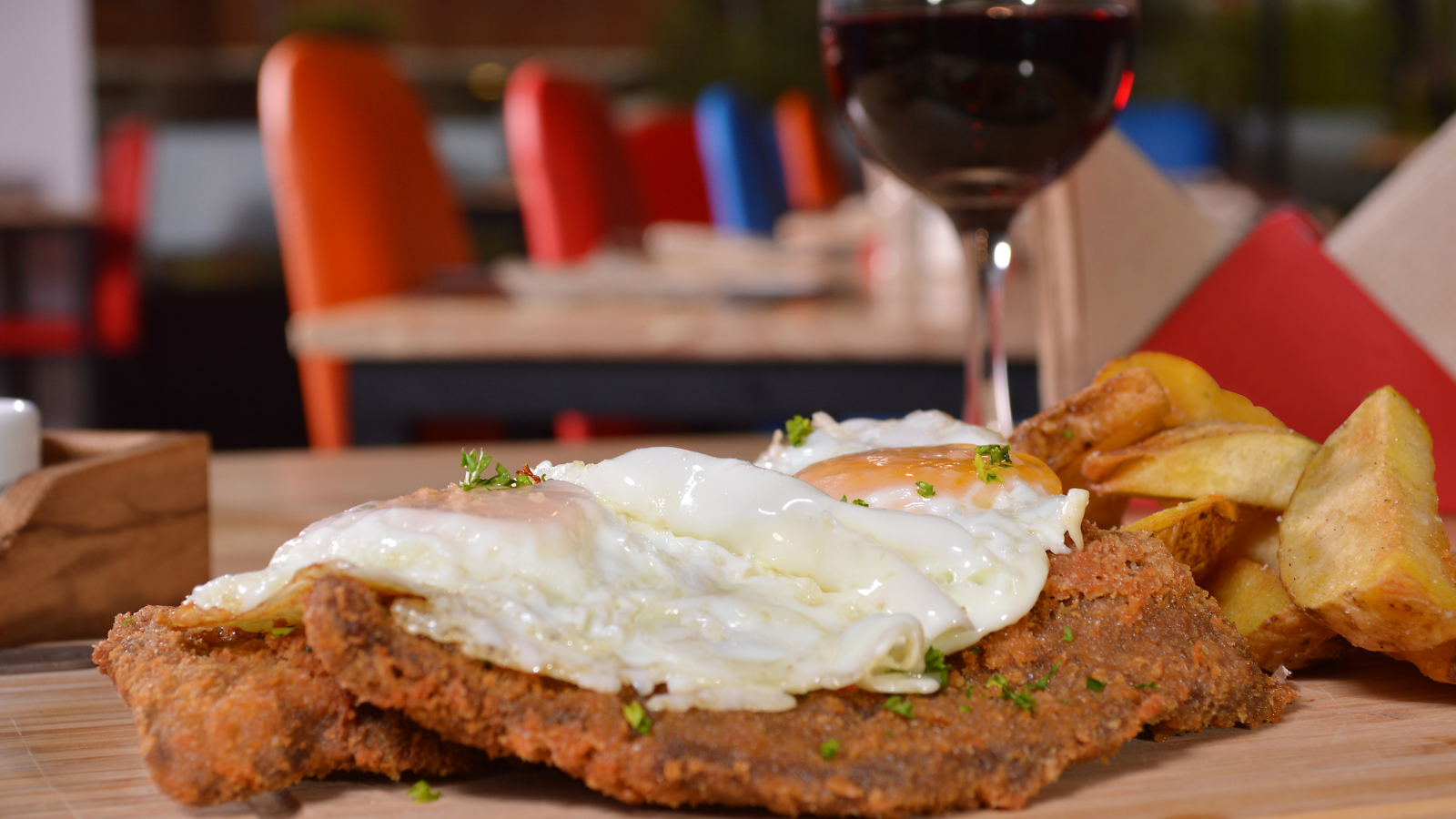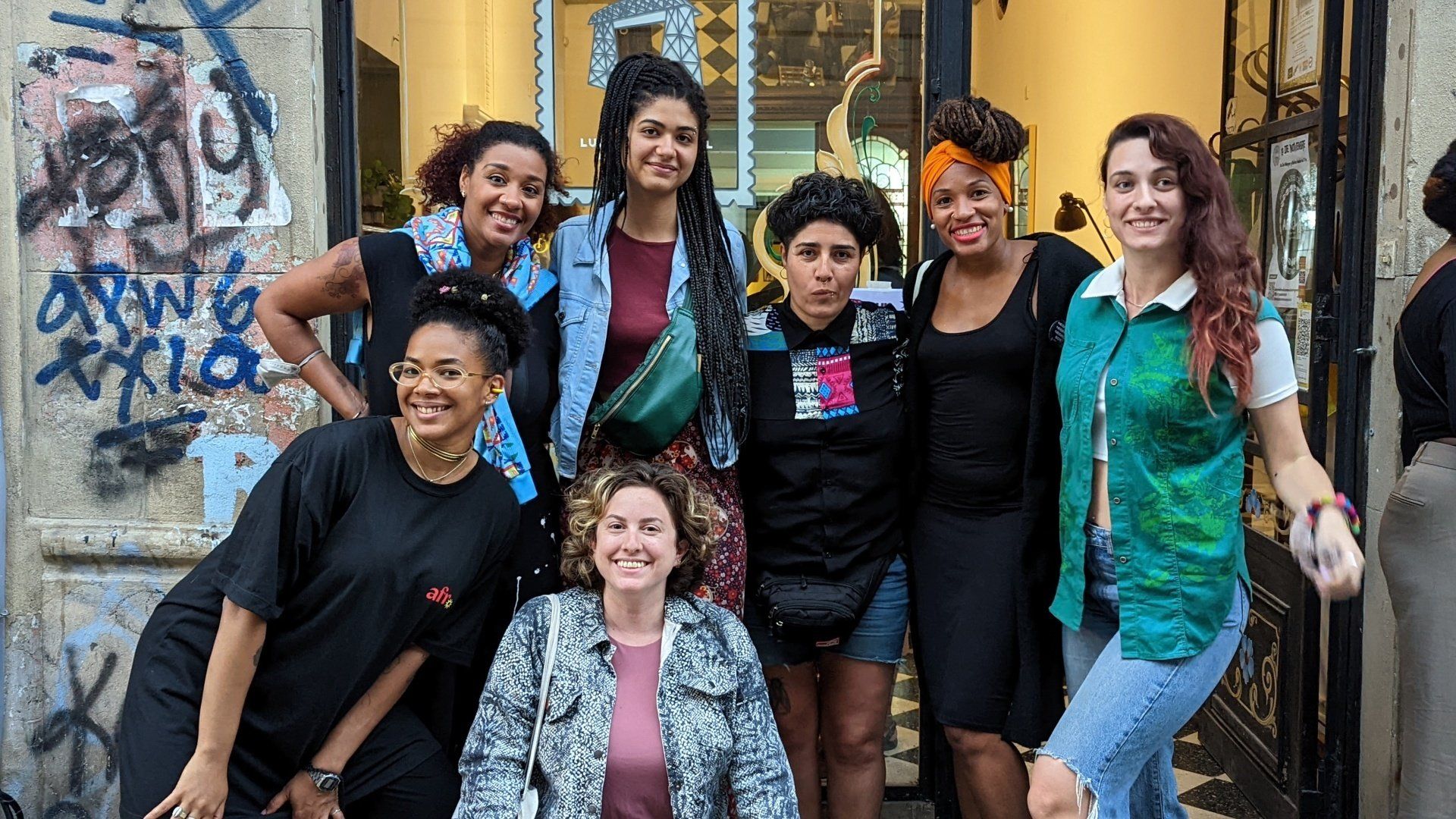If you haven't tried these foods, you haven't been to Buenos Aires.
Empanadas
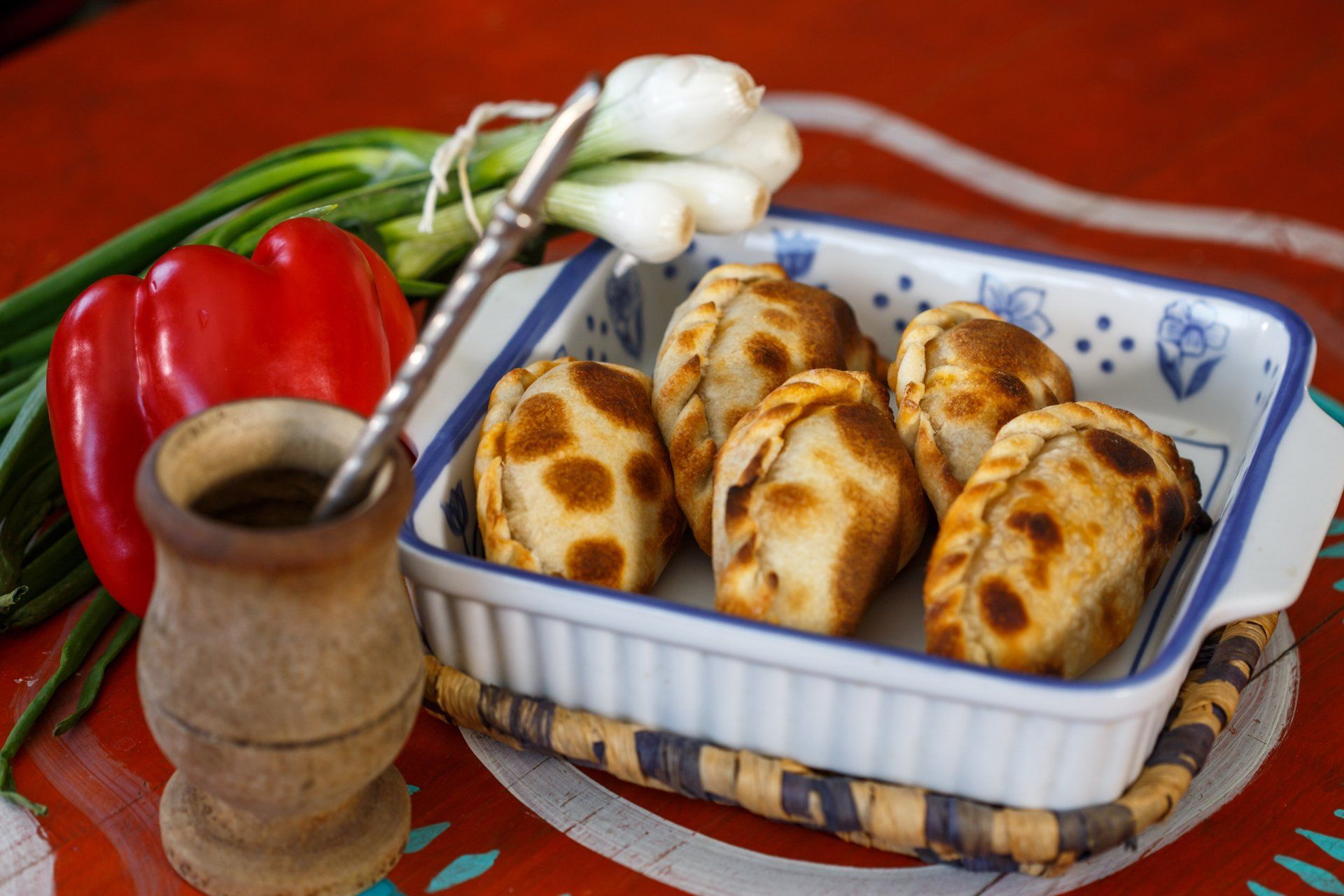
Oh, pocket sized bliss, I love you. Empanadas are made of a corn shell with whatever filling you can imagine, that can be baked or deep fried in oil or lard. The traditional ones are meat (duh), humita (corn), chicken, ham and cheese and onions and cheese... but that's just the baseline.
Every province has its own traditional recipes for empanadas, and luckily you can find almost all of them here! For some Riojan style empanadas you can head to El Gauchito in San Telmo, or to Mercat Villa Crespo for some authentic empanadas from Tafi, Tucuman. If you feel a little experimental, you can try the blood sausage or vegan empanadas at El Banco Rojo. If you're that sort of person who's definitely not a vegan, head to El Baqueano for some exotic meat empanadas: they usually have llama empanadas if you can stomach them... you monster!
Fugazzeta Rellena
It's no secret that people from Buenos Aires deface everything that italians hold sacred, starting by pizza! Pizza in Buenos Aires is almost a religion, and its highest deity is the fugazzetta rellena, what we can only describe as a pizza-pie topped with onions. The most legendary fugazetta rellena in the city can be found at La Mezzeta, but don't miss out on trying El Cuartito's, Banchero's or Guerrin's options... for science, right?
Asado (wait, there's also vegan asado!)
Argentines are kinda obsessed with meat. One of the most traditional meals to have is the asado, an assortment of meat cuts, innards, sweetbreads, sausages and blood sausages, splattered with the occational potato or pepper... 'cause balanced diets, I guess? In any case, we put chimichurri sauce on top of the meat, which technically makes it almost into a salad.
The asado is a meal full of rituals: if you're ever invited to one say yes as it's a great experience full of nuances.
If the idea of such a meat centric meal reppeals you, head on to try the first vegan asado place in the city, called La Reverde.
Facturas
What's the bastard child of a croissant and a cannoli? Well, a factura, of course! Facturas are the uber-sweet, diet wrecking pastries Argentines love from Patagonia to Iguazu. They are sold by the dozen, and each design has it's own name. Because many bakeries were owned by anarchist groups in the late 1800s, many facturas have fun and ironic names such as the monks balls (bolas de fraile), cannons (cañoncitos), cops (vigilanetes) or the nun's sigh (suspiro de monja).
These pastries come in many shapes and forms, topped or filled with delicious dulce de leche, quince jam, or crema pastelera.
If you're an expat in the city, bringing a dozen facturas to the office or to a merienda is a sure way to collect points and make new friends!
Milanesa
We are really sorry, Italians from Milano: we honestly don't care that the Milanesa is completeley unrelated to you, nor do we care about the sass involved in creating something called a napolitan milanesa. That's just the way we are!
The milanesa -a breaded and baked or deep fried meat- actually stems from Germany and the Yiddish world, where it's called a schnitzel. Here, milanesas are one of the favorite meals of the porteñes and they can be found in many different ways. The classic one is of veal, using mostly peceto, bola de lomo or nalga, which is soaked in beaten eggs with whatever spices you can think of (but parsley and garlic are almost mandatory). You can also find chicken milanesas, known as supremas, and other meats like pork or fish. For all the vegans out there, you can find soy, aubergine or pea milanesas.
Milanesas can be eaten alone, on a sandwich or with different toppings. The napolitan milanesa is topped with fresh mozarella, tomato sauce and herbs... and that's just the baseline. You'll find milanesas topped with everything, and usually served with potato puree or french fries. One of our favorite takes? The one in the picutre, called milanesa a caballo (mounted milanesa), which has fried eggs on top.
Bad for cholesterol, maybe, but nothing fills our souls more than this!
